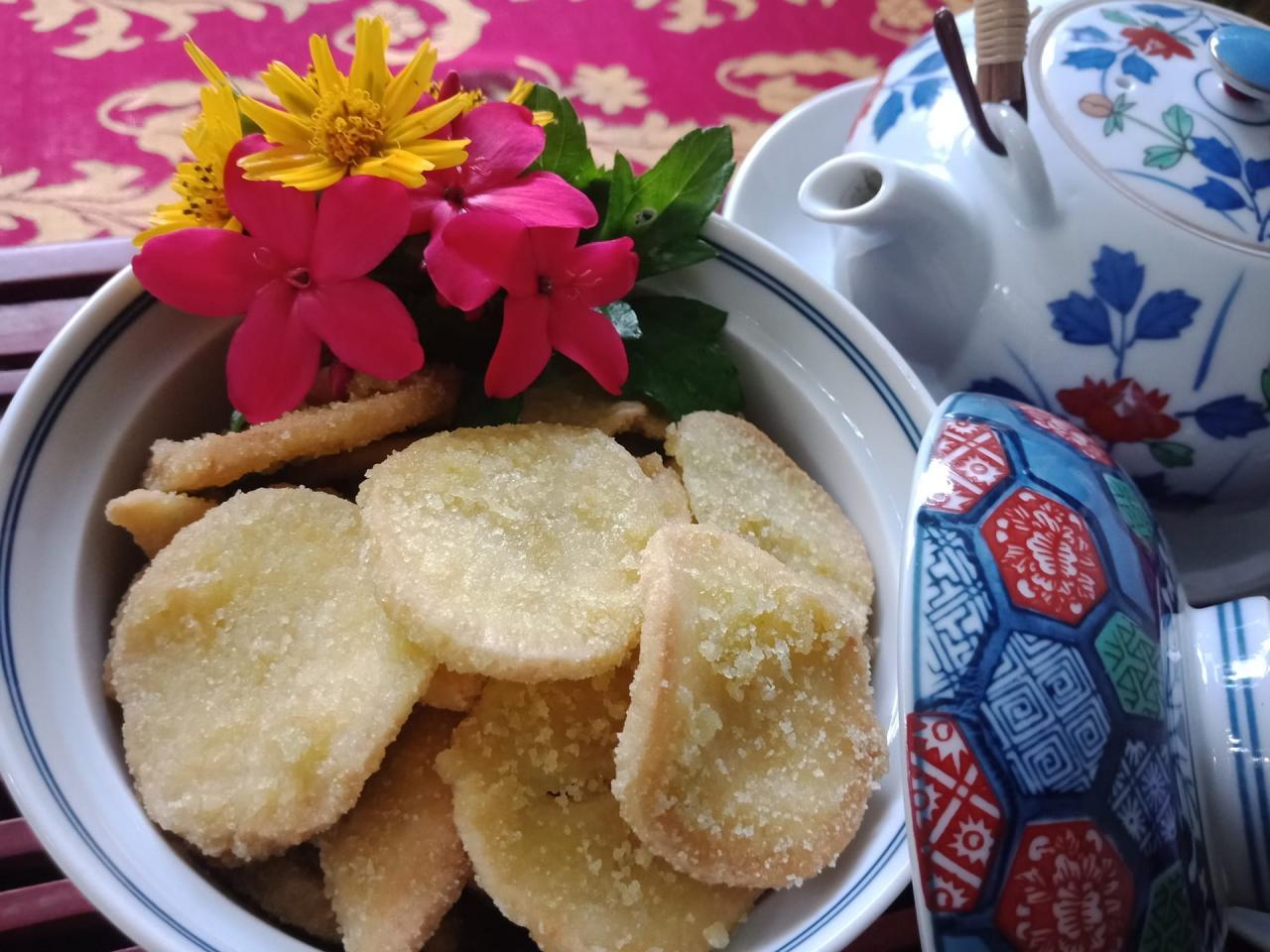
The storm passed, some trees in the garden were crooked, others were uprooted. The cassava bushes were in season, bearing tubers that overlapped each other and leaned to the ground. The cassava roots were not large but the quality was delicious and not bitter.
In the past, in my village, every house planted a lot of this cassava variety. The cassava fields and hills were always fluttering with green color, covering the whole view.
Back then, when things were difficult, poor families always had cassava in their meals. There was boiled cassava, steamed cassava, cassava mixed with rice, cassava mixed with sweet potatoes, jackfruit seeds. Occasionally, when the harvest season ended and there was little work, my mother had time to prepare some sweet dishes like cassava cakes and cassava jam to please her children.
To make cassava cakes, the cassava must first be ground. After peeling the cassava, soaking it in a basin of water until it turns white, my mother will press it firmly against a hard steel plate with small holes. The tiny cassava fragments will gradually flow down into the basin below, piling up into a pile as smooth as cotton.
Using a clean screen, my mother wrapped each handful of cassava pulp and squeezed it dry, the finest powder would float away with the water. If she filtered enough, she would knead this powder, then cut it into strips, cook it with a little pork fat and pressed leaves to make a hot, delicious tapioca porridge. The remaining pulp is the main ingredient for the sweet steamed cassava cake.
Children not only love sweets but also enjoy the experience of crunchy foods. Mom knows this, so she has taken the trouble to make cassava jam a few times. However, this is not an “instant” dish, you can eat it right away.
Mom had to wait for sunny days, cut the cassava into round slices, boil them, and then take them out. Next, she arranged the cassava on a large bamboo tray and took them out to dry in the yard. To make the cassava crispier, it would be roasted with sea sand over a low firewood fire. The last step was to caramelize the cassava. The sweet, fragrant smell filled the entire kitchen.
Now, the garden after the storm has become barren, the sky above is still a heavy leaden gray, not promising sunny days. However, with a different processing technique, my mother and I can still take advantage of the uprooted cassava bushes to make cassava jam, to enjoy on cold rainy days.
Instead of drying in the sun or roasting sand, we now pour a large can of oil into the pan to deep fry the cassava slices until they are crispy and golden brown. Because the cassava is a complicated process, my mother always stands in the kitchen to do it.
After the sugar is melted, cold water is added to form a golden mixture. Mom quickly pours in the fried cassava slices and stirs them for a few minutes. The cassava slices change from light yellow to dark brown after absorbing the sugar. When the sugar dries, the cassava slices in the pan crackle and start to smell fragrant.
Every time, without even needing to be served on a plate, the cassava jam my mother made with its powdered sugar crust was already so delicious.
In the countryside or the city, few people make cassava jam nowadays because people tend to eat less sugar and starch. For me, on a rainy and cold day, sitting with my mother next to a jar of early tea placed on the porch, looking at the garden and the sky, and sipping a few slices of crispy cassava jam. The scene evokes many memories of the warm childhood sky that time has swept away.
There is cassava jam, a sweet and luxurious gift from the countryside garden.
Source: https://baoquangnam.vn/gion-tan-mut-san-3143677.html


![[Photo] Party and State leaders attend the special art program "You are Ho Chi Minh"](https://vphoto.vietnam.vn/thumb/1200x675/vietnam/resource/IMAGE/2025/5/18/6895913f94fd4c51aa4564ab14c3f250)


![[Photo] Party and State leaders visit President Ho Chi Minh's Mausoleum](https://vphoto.vietnam.vn/thumb/1200x675/vietnam/resource/IMAGE/2025/5/19/d7e02f242af84752902b22a7208674ac)

![[Photo] Special flag-raising ceremony to celebrate the 135th birthday of President Ho Chi Minh](https://vphoto.vietnam.vn/thumb/1200x675/vietnam/resource/IMAGE/2025/5/19/1c5ec80249cc4ef3a5226e366e7e58f1)


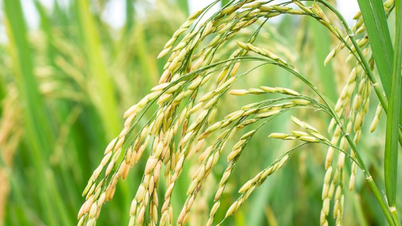

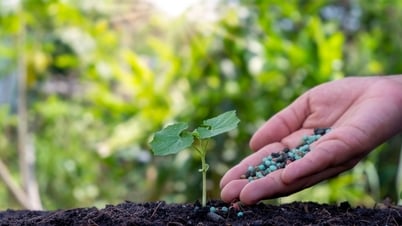









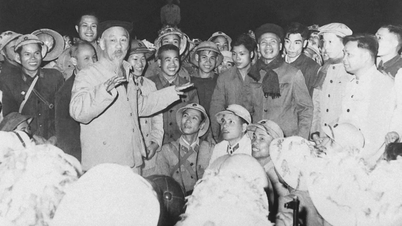

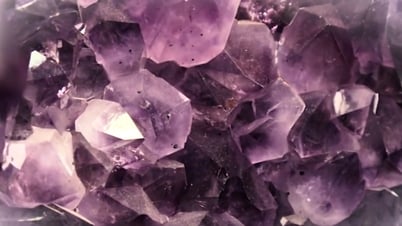


















































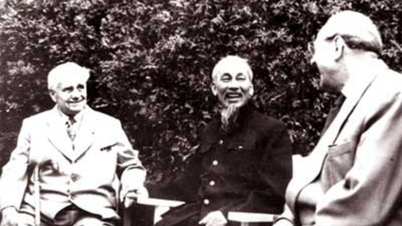











Comment (0)